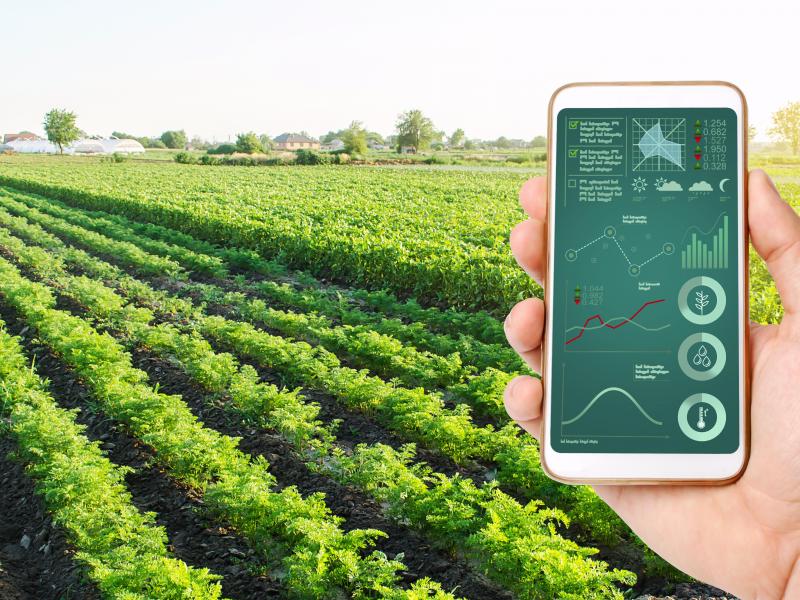Big data integration

Description of the innovative solution
The integration of big data (for example, genetic and environmental/climatic data) can optimise agriculture. Big data entails the collection, storage and processing of large amounts of data, often in real time. Big data can be multi-source (e.g. images, videos, remote sensing data), multi-temporal (e.g. collected at different points in time), and multi-resolution (e.g. have variable spatial resolution). Big data is most useful when it is high quality, which means it is relevant, accurate and reliable, produced in a timely fashion, coherent, and accessible. Big data can be used to provide...
The integration of big data (for example, genetic and environmental/climatic data) can optimise agriculture. Big data entails the collection, storage and processing of large amounts of data, often in real time. Big data can be multi-source (e.g. images, videos, remote sensing data), multi-temporal (e.g. collected at different points in time), and multi-resolution (e.g. have variable spatial resolution). Big data is most useful when it is high quality, which means it is relevant, accurate and reliable, produced in a timely fashion, coherent, and accessible. Big data can be used to provide predictive insights in farming operations, improve decision making and farm extension services, drive real-time operational decisions, and redesign business processes for game-changing business models.
Examples and additional resources
Real-world examples
See this solution in action in different contexts and settings around the world
John Deere ExactApply™
Lantek S.A.
Lantek S.A.
Additional resources
Learn more about this solution through studies, articles, business cases, and other information
Implementing Big Data in Agriculture
Contacts
Connect to others working on and with this solution around the world
Pathways to uptake
Engage with our “backcasting tool” to imagine and design “pathways to uptake” for this solution in your setting.
This process involves defining a future vision of this solution being used in your context, and then working “backwards” to identify necessary steps to achieve this vision by 2030. Going through this exercise as an individual or with a team can help to clarify the WHAT/WHEN/HOW of moving a solution (or package of solutions) towards having major impact. We hope these pathways will inspire outside-of-the-box thinking, creative approaches, and actionable concrete steps to move ideas into action.
Pathway builder
Explore pathways for this solution
Be the first one and add a pathway for this solution!